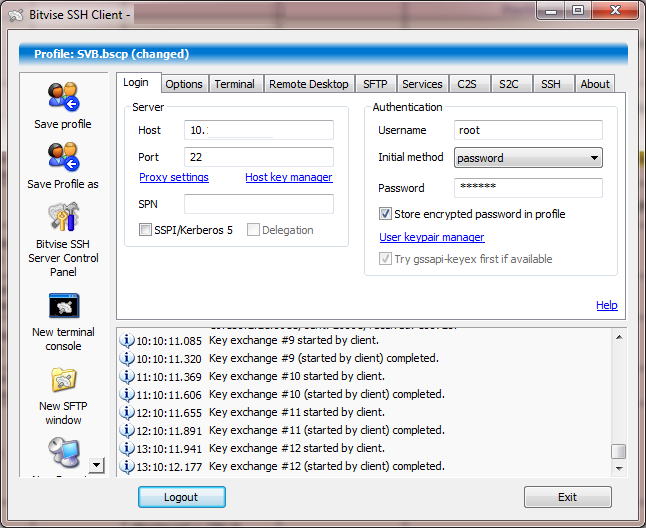
Right-click in the text field labeled Public key for pasting into OpenSSH authorized_keys file and choose Select All Make it a strong passphrase.Ĭlick the Save public key button & choose whatever filename you’d like (some users create a folder in their computer named my_keys) Ĭlick the Save private key button & choose whatever filename you’d like (you can save it in the same location as the public key, but it should be a location that only you can access and that you will NOT lose! If you lose your keys and have disabled username/password logins, you will no longer be able log in!) Since we’ll be using an agent to load the keys, you’ll only have to type this once per session. You should type a passphrase in the Key passphrase field & re-type the same passphrase in the Confirm passphrase field.
your e-mail address home office etc.) - the key comment is particularly useful in the event you end up creating more than one key pair In the Key comment field, enter any comment you’d like, to help you identify this key pair, later (e.g. Move your mouse pointer around in the blank area of the Key section, below the progress bar (to generate some randomness) until the progress bar is full Ī private/public key pair has now been generated In the Number of bits in a generated key field, specify either 2048 or 4096 (increasing the bits makes it harder to crack the key by brute-force methods)

PUTTY SSH PROXY .EXE
exe file įor Type of key to generate, select SSH-2 RSA Start the PuTTYgen utility, by double-clicking on its.


 0 kommentar(er)
0 kommentar(er)
